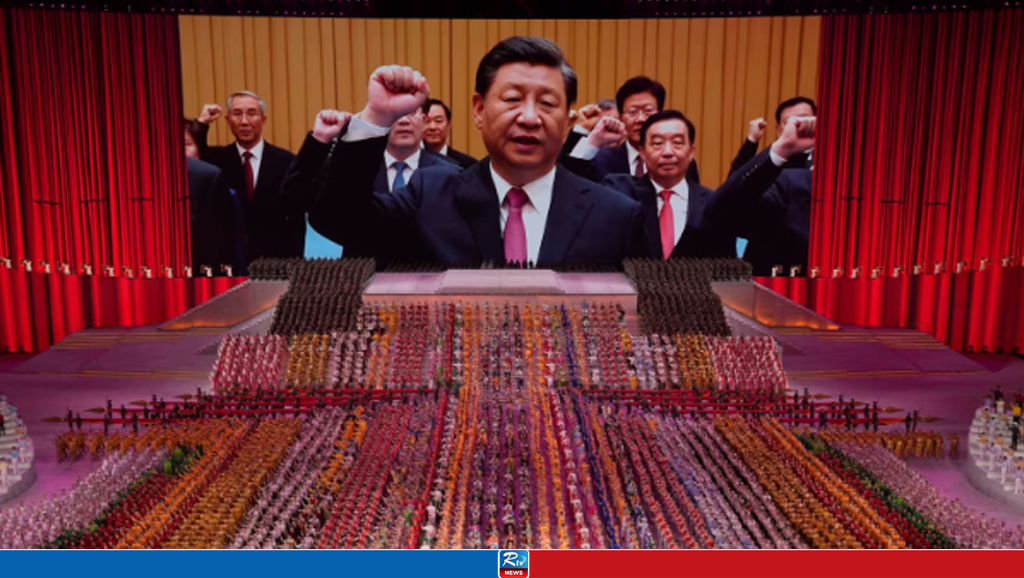Carbon fiber metro train unveiled

China has unveiled the world's first commercially operational metro train built with carbon fiber materials, marking a significant leap in eco-friendly urban transportation technology.
Developed by CRRC Qingdao Sifang and Qingdao Metro, the CETROVO 1.0 train boasts reduced weight and energy consumption, paving the way for a greener future for subways.
The innovative train utilizes carbon fiber composites, revolutionary materials known for their strength-to-weight ratio.
"By using this 'king' of new materials, the train achieves an impressive 11 percent weight reduction compared to traditional metal models," said Liu Jinzhu, a senior designer at CRRC Qingdao Sifang.
That translates to a lighter body, with the weight savings directly translating into a 7 percent reduction in energy consumption, leading to an annual decrease of 130 metric tons of carbon emissions. The environmental benefit is equivalent to planting roughly 6.7 hectares of forest.
Despite its lighter frame, the carbon fiber construction doesn't compromise on strength. Liu said the components offer superior resistance to impact and fatigue compared to traditional metals, ultimately extending the train's life span. The reduced weight also translates to less wear on wheels and rails, minimizing maintenance requirements.
The CETROVO 1.0 also incorporates advanced digital twin technology through an intelligent operation platform called SmartCare. The system enables the train to self-diagnose and detect potential problems, ensuring safe and efficient operation while minimizing maintenance costs, which are projected to be 22 percent lower over the train's life cycle.
Lyu Xiaojun, another senior designer at CRRC Qingdao Sifang, highlighted the critical role of minimizing energy consumption and carbon emissions in China's urban rail sector.
"Lightweight vehicles are a key technology for developing eco-friendly and low-carbon rail vehicles," Lyu said, adding that carbon fiber, with its light weight and high strength, as well as its fatigue and corrosion resistance, is an ideal material for the purpose.
"The introduction of the new train marks a significant shift from metal to carbon fiber composite materials, breaking through the limitations of traditional structures and advancing China's metro train technology to new heights," Lyu said. "This innovation is crucial for promoting the green transformation of urban rail transit and achieving the industry's dual carbon goals."
Source: CD
Comments
Small Plane Carrying Six People Crashes in Costa Rica

5 Dead in Pakistan Protests; Army Deployed in Islamabad

Japan's Space Agency Aborts Epsilon S Rocket Test After Fire

Mahathir Calls for Unity Among Bangladesh’s Political Leaders

Ukraine Updates: / Zelenskyy Hints at Ending 'Hot War'

Kolkata Hospital Announces Not to Provide Treatment to Bangladeshis

Leavitt Named Youngest White House Press Secretary in History


 Live Tv
Live Tv




